If you grew up with a family garden, you might remember the joy of gathering up potatoes, like finding buried treasure right in the backyard. Even if you didn’t grow up with a garden, you’ll quickly see the joy in a potato harvest. There’s something magical about hoping for a good harvest and unearthing piles of tasty potatoes. However, it’s not as simple as just digging. There are a few key steps to take when harvesting and preparing your potatoes for storage.
Harvest Your Potatoes When the Plants Die
Harvest your potatoes after the plants turn yellow and brown and die back. This ensures that your potatoes are as large and mature as possible. It also improves their storage ability. The plants dying indicates to the potatoes that the growing season is over.
Potatoes can tolerate a light frost, but it’s generally best to harvest them before your first hard frost is expected.
Don’t Leave Your Potatoes in the Sun
Leaving potatoes in the sun will cause them to turn green. Green potatoes taste bitter, and if you eat enough, it can cause upset stomach, vomiting, and diarrhea. If you have a potato with a green spot, you can trim it off, but if the whole potato is green, compost it.
Harvest Potatoes Carefully
Usually, it’s easiest to lift potatoes from the ground with a garden fork. However, you must do your best to avoid damaging your potatoes. Any potatoes with cuts, insect damage, or bruises should be separated and used immediately or composted if necessary.
Cure Your Potatoes
Potatoes can’t go straight into storage after harvest. You must cure your potatoes. Curing thickens the potatoes’ skins, allows minor cuts to heal, and slows their respiration (a process where they convert sugar and starches to carbon dioxide and water).
In an ideal situation, it’s best to cure potatoes at 45 to 60 degrees Fahrenheit and high relative humidity (85 to 95 percent) for two weeks. However, most of us don’t have giant walk-ins or places we can control the temperature and humidity like that. Instead, spread your potatoes out somewhere in your home that’s cool, dark, and relatively moist. A basement, mudroom, outbuilding, or spare bedroom may work.
Lay your potatoes out in a single layer with space around them. You don’t want them touching each other or piled up; plenty of airflow around them is critical. Leave them to cure for two weeks.
Sort Your Potatoes Again
Go through your potatoes once more before storage. Remove any that have shriveled or those with damage or bruising. One rotten potato can spoil your others in storage!
Store Your Potatoes
Potatoes store best in spaces that are cool, moist, and dark. In a perfect situation, we recommend storing them in a spot that stays between 40 to 45 degrees Fahrenheit with a relative humidity of 90 percent. However, we can’t all create perfect conditions, but you may have a space that would work well. A cool garage, basement, or second refrigerator can work as potato storage. Don’t store them anywhere that they could freeze.
If you keep your potatoes somewhere above 45 degrees Fahrenheit, they will probably start to sprout in just 2 to 3 months. If you store them in a space with temperatures below 40 degrees Fahrenheit, they may develop a sugary flavor. Placing them back at room temperature for a few days before use should correct this and make them starchy again.
Potatoes are an excellent staple crop for the home gardener. For relatively little effort, they can provide nourishing meals well into the winter months, but good harvesting, curing, and storage practices are essential! Follow these steps when harvesting your potatoes this fall.

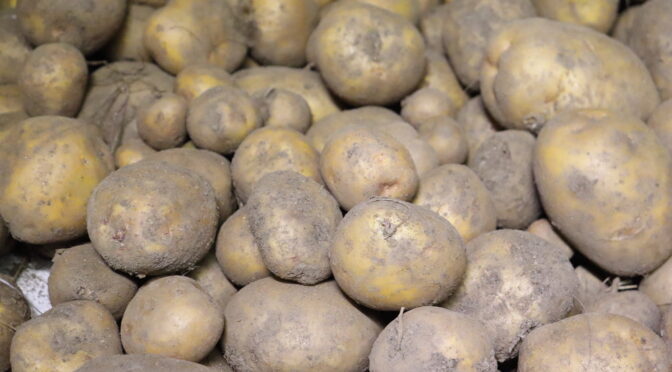
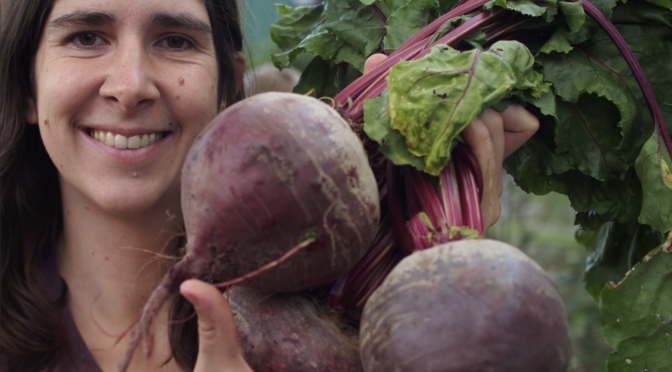
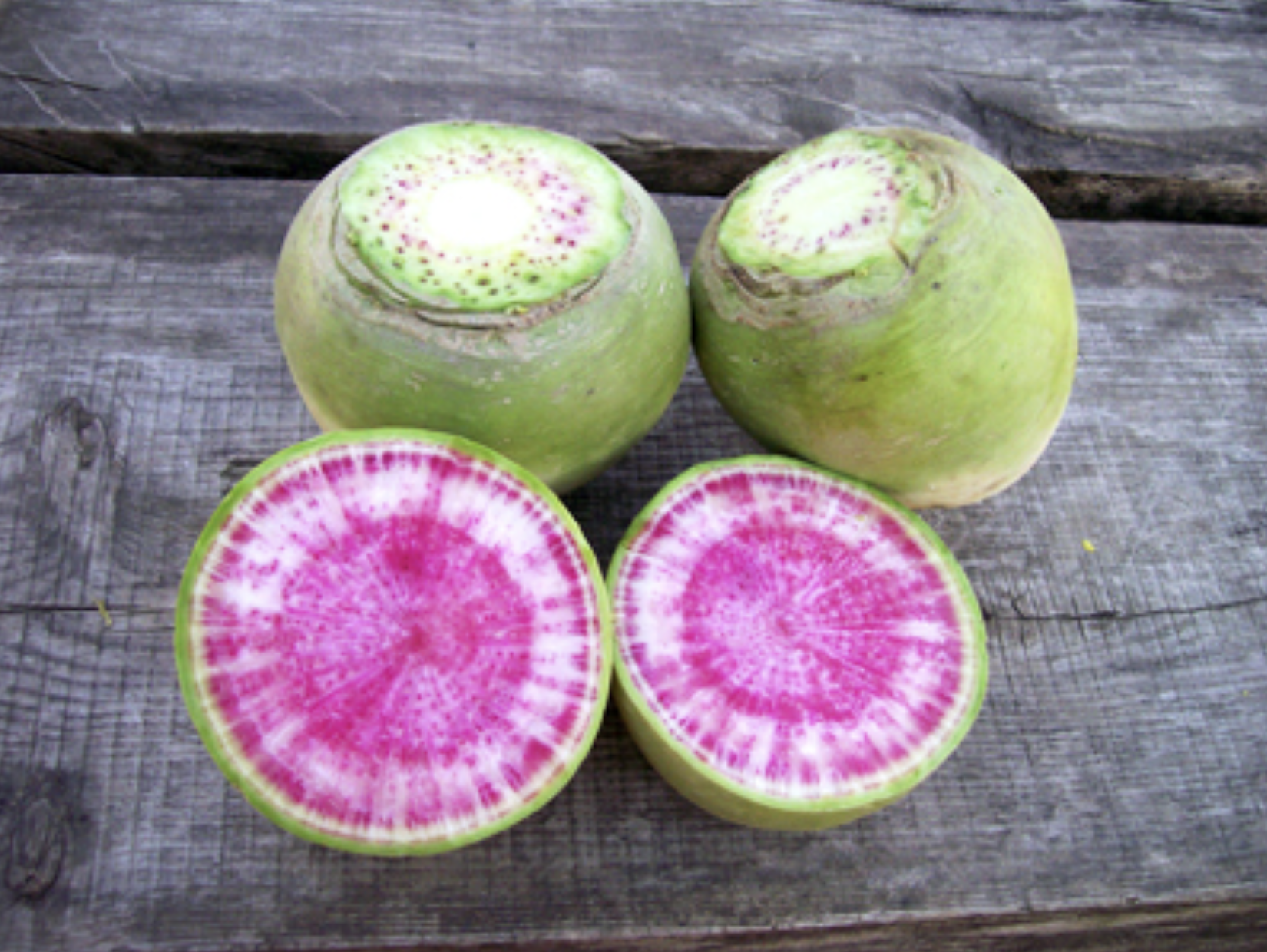
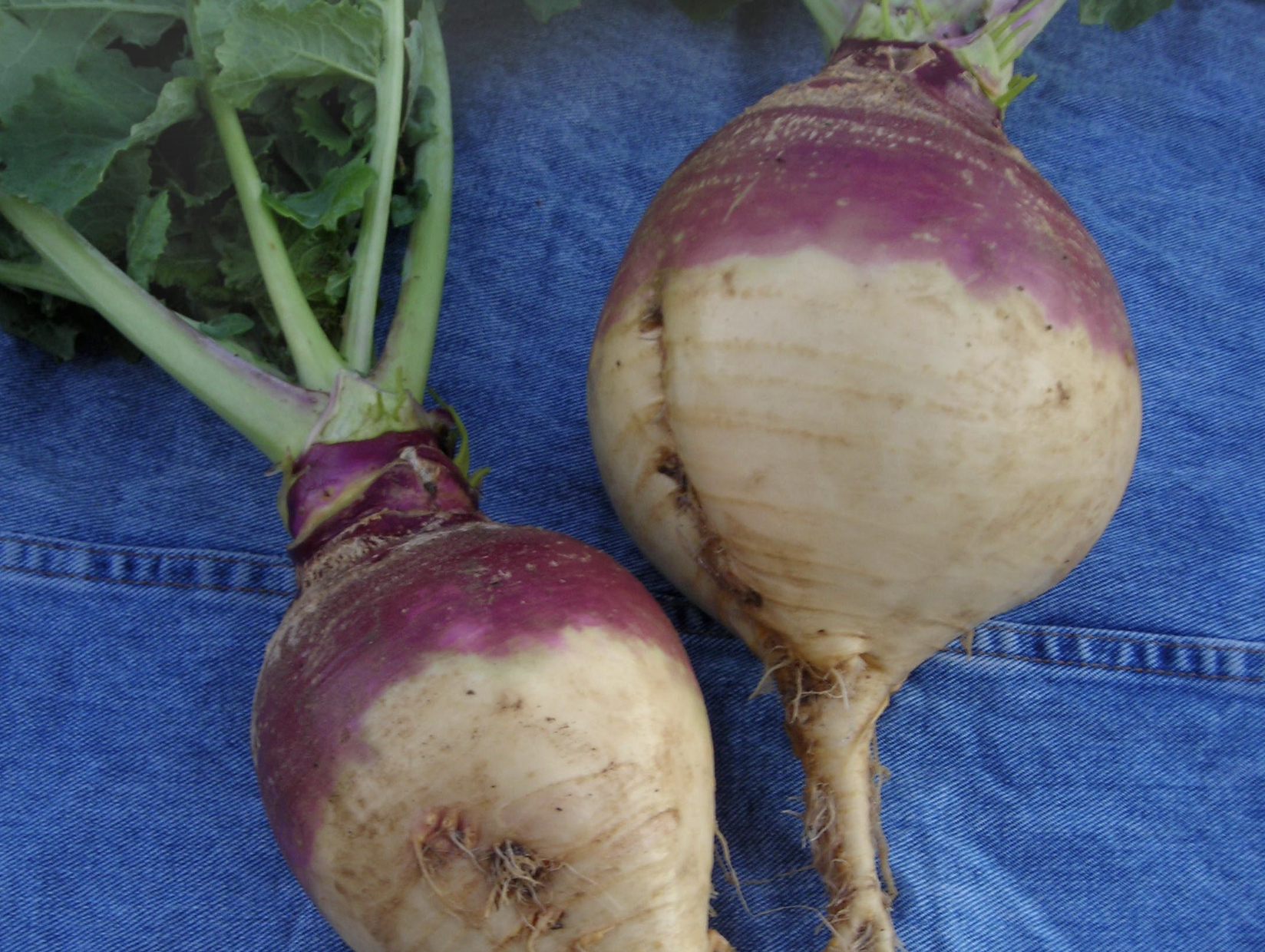 American Purple Top Yellow Rutabaga
American Purple Top Yellow Rutabaga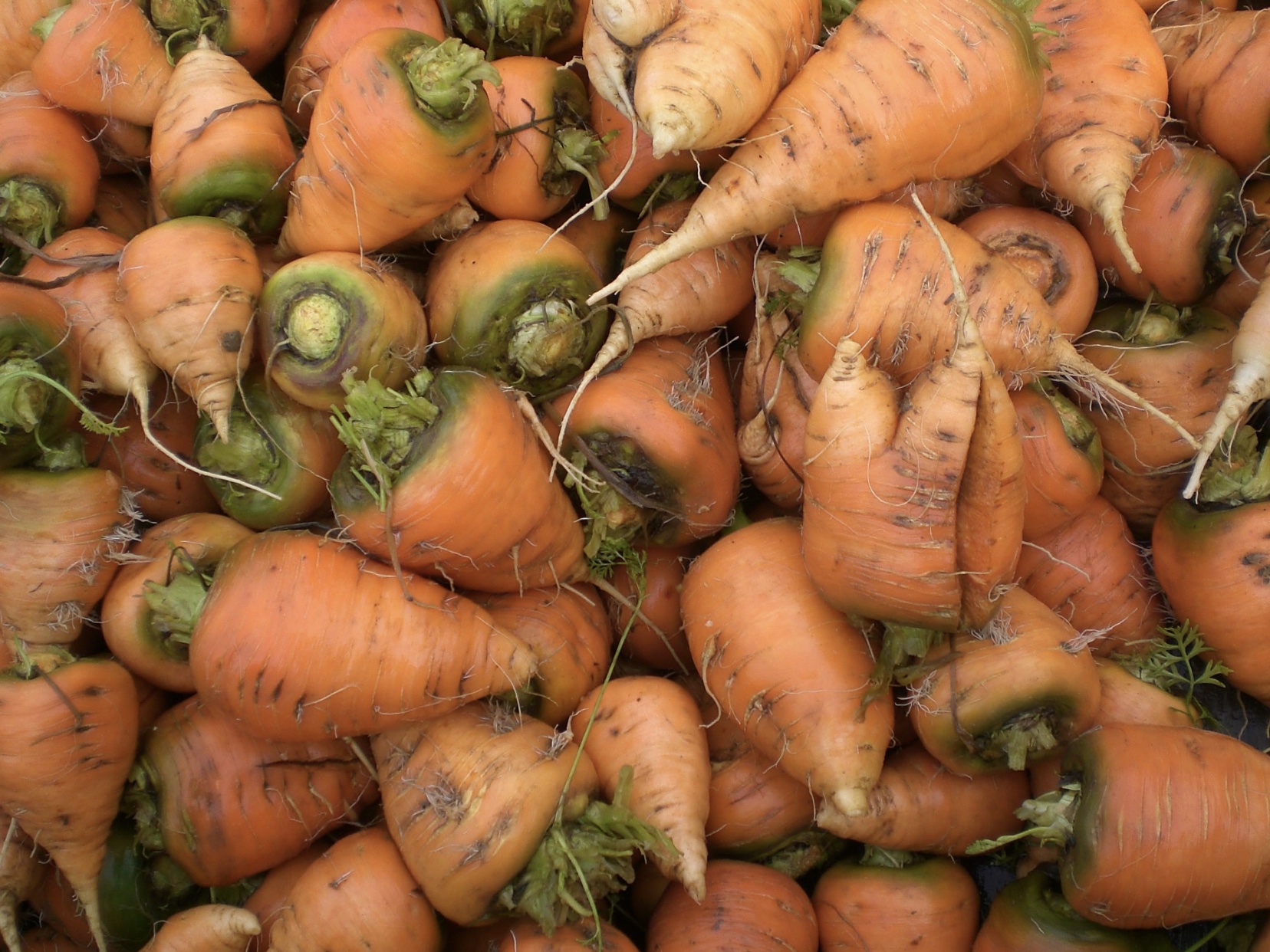
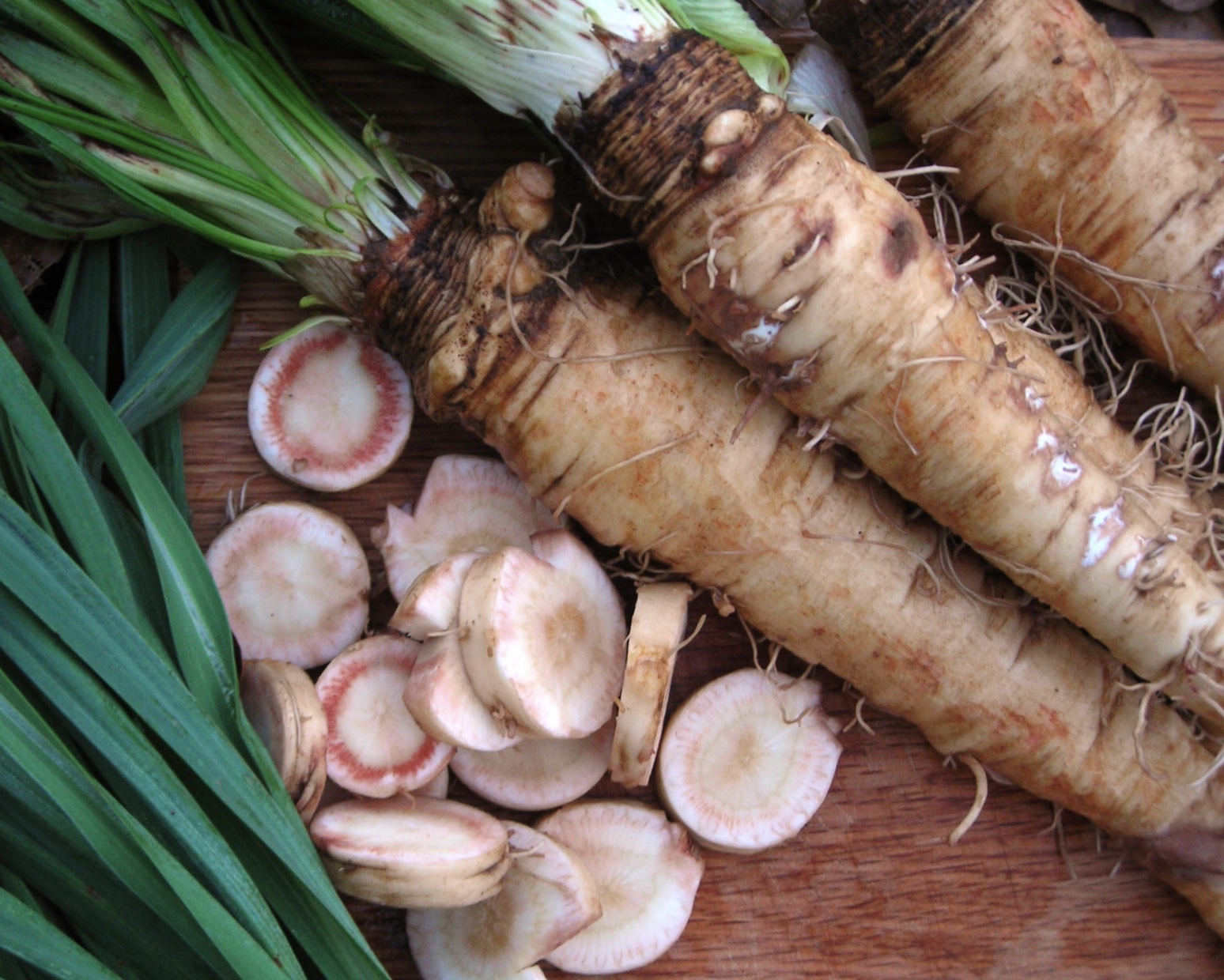

 Does Moon Phase Gardening Work?
Does Moon Phase Gardening Work?